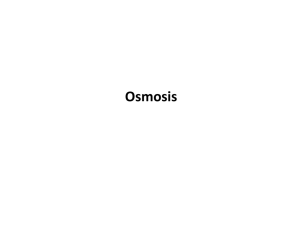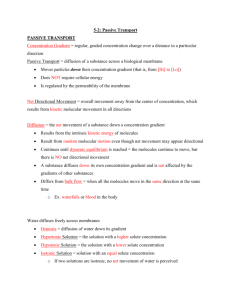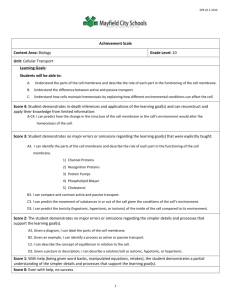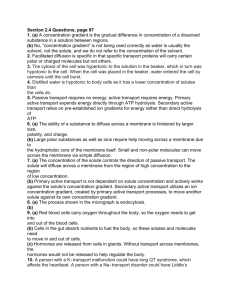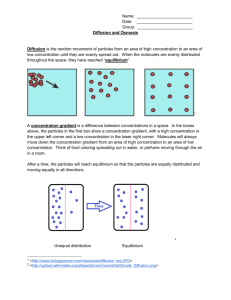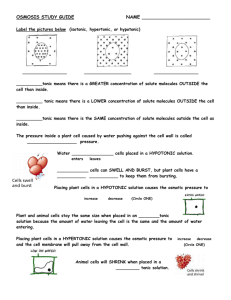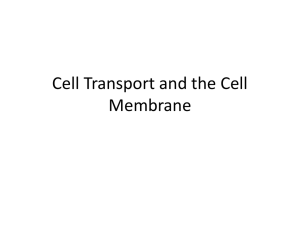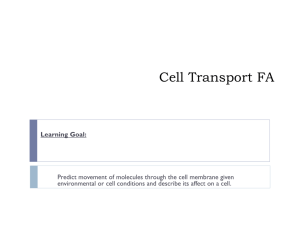Unit 03 Review - Roderick Biology
advertisement
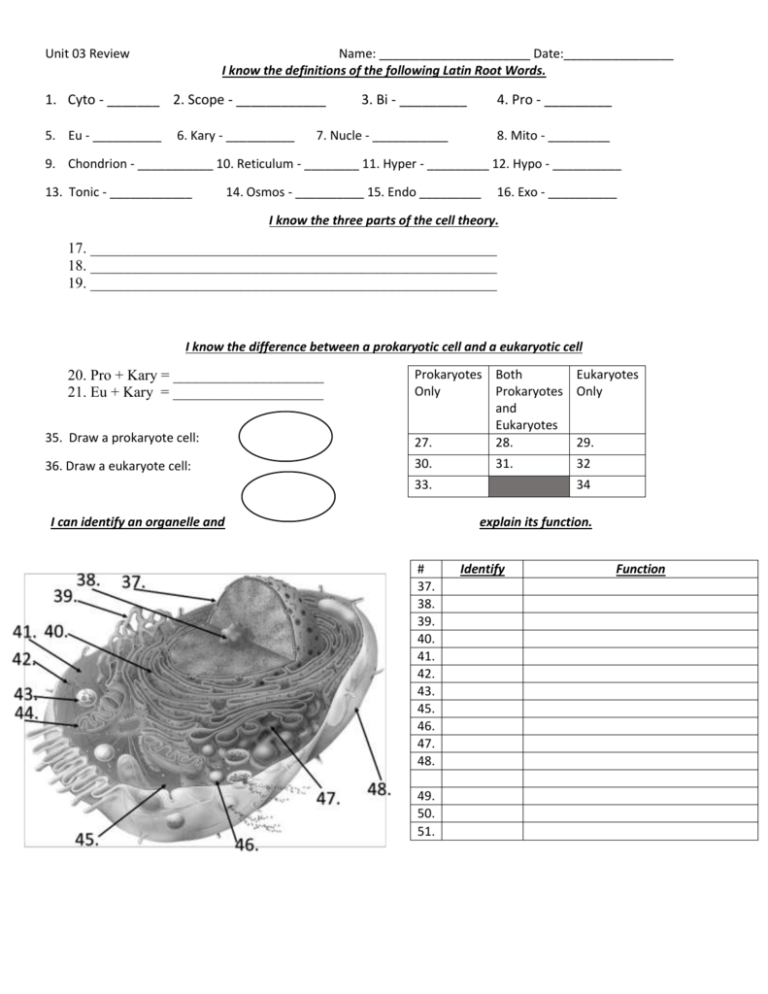
Unit 03 Review Name: ______________________ Date:________________ I know the definitions of the following Latin Root Words. 1. Cyto - _______ 2. Scope - ____________ 5. Eu - __________ 6. Kary - __________ 3. Bi - _________ 4. Pro - _________ 7. Nucle - ___________ 8. Mito - _________ 9. Chondrion - ___________ 10. Reticulum - ________ 11. Hyper - _________ 12. Hypo - __________ 13. Tonic - ____________ 14. Osmos - __________ 15. Endo _________ 16. Exo - __________ I know the three parts of the cell theory. 17. ______________________________________________________ 18. ______________________________________________________ 19. ______________________________________________________ I know the difference between a prokaryotic cell and a eukaryotic cell 35. Draw a prokaryote cell: Prokaryotes Both Eukaryotes Only Prokaryotes Only and Eukaryotes 27. 28. 29. 36. Draw a eukaryote cell: 30. 20. Pro + Kary = ____________________ 21. Eu + Kary = ____________________ 31. 33. I can identify an organelle and 32 34 explain its function. # 37. 38. 39. 40. 41. 42. 43. 45. 46. 47. 48. 49. 50. 51. Identify Function Unit 03 Review Name: ______________________ Date:________________ 52. What three organelles do plant cells have that animal cells do not have? 1. 2. 3. I can identify the parts that make up the cellular membrane as well as their properties and functions. 57. The cell membrane is semi-permeable. What does semi-permeable mean? 58. The majority of the cell membrane is made up of phospholipids. Draw a phospholipid and describe its properties. 59. Draw a picture showing how phospholipids arrange themselves when they are submerged in water? 61. What other things are found in a cell membrane? I know the components and properties of solutions. 62. What are the two parts of a solution? ______________ & _______________ 63. How do we determine the concentration of a solution? 64. What is a concentration gradient? 65. Describe equilibrium. 66. When we compare solutions together we use three terms to describe their properties. Define the three terms. 1. Hypertonic – 2. Hypotonic – 3. Isotonic – Unit 03 Review Name: ______________________ Date:________________ Compare the solutions and label them as either isotonic, hypertonic or hypotonic 67. 68. 69. 50% H2O 50% Solute 50% H2O 50% Solute 63% H2O 37% Solute 90% H2O 10% Solute 40% H2O 60% Solute 90% H2O 10% Solute Students will be able to describe the passive and active modes of transport. 71. What are the two solutions (fluids) that are involved in cell transport? 1. 2. 72. Describe the difference between active transport and passive transport. 73. Fill in the blanks with the correct modes of transport Energy Into the Cell No Energy Out of the cell Movement of solutes Movement of solvent(water) Movement of Solutes through protein channels 74. Solutes move from a _________ concentration to a __________ concentration until _____________ is met. 75. Water moves from a ___________ solution to a _____________ solution until ______________ is met. 76. If you put a cell into a hypertonic solution, the water in the cell will ____________ and the cell will ____________. 77. If you put a cell into a hypotonic solution, the water in the cell will _____________ and the cell will ___________. 78. If you put a cell into an isotonic solution, the water in the cell will _____________ and the cell will ___________. 79. Explain why it is dangerous for animal cells to be put into a hypotonic solution, but it is safe and even desirable for plants to be in a hypotonic solution.
